Text
After the 1906 San Francisco earthquake, more than two dozen refugee camps were set up by the army:

But the camps weren’t for everybody. The government segregated Chinese Americans from the rest of the population. Here’s a camp that was designated as being for Chinese people only:

{Buy me a coffee} {WHF} {Medium} {Looking Through the Past}
Much more on the city before, during, and after the quake here:
33 notes
·
View notes
Text
The San Francisco Earthquake of 1906 was truly devastating. First the quake leveled buildings, then a series of fires burned much of what was left. Here are some photos of the destruction:
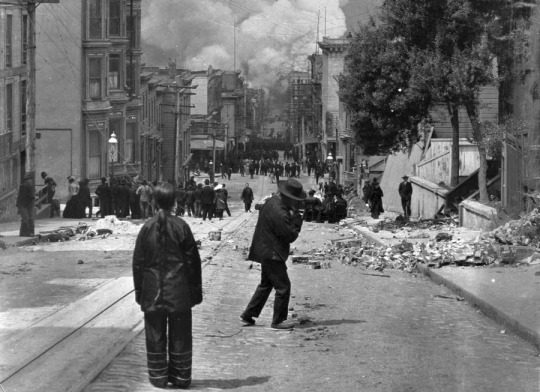


{Buy me a coffee} {WHF} {Medium} {Looking Through the Past}
Much more on the city before, during, and after the quake here:
79 notes
·
View notes
Text
During the construction of the Panama Canal, American racial attitudes dominated the canal zone; workers were often segregated, with decent conditions for white workers:
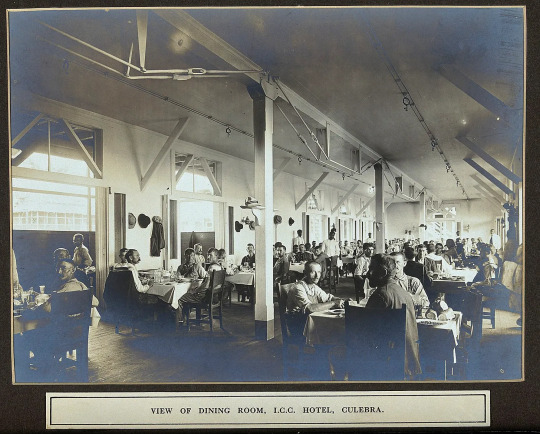
And less luxurious quarters for everybody else:

{Buy me a coffee} {WHF} {Medium} {Looking Through the Past}
24 notes
·
View notes
Text
The most difficult section of the Panama canal project was the so-called Culebra Cut, which dug through the highest-elevation terrain. You can see the challenge in this cross-section diagram from the official handbook of the canal:

This photo gives some sense of the enormity of the task:

{Buy me a coffee} {WHF} {Medium} {Looking Through the Past}
More on the terrible landslides that happened at Culebra:
45 notes
·
View notes
Text
American maneuvers around the Panama Canal were anything but subtle, and political cartoons around the world mocked their blatant land grab:
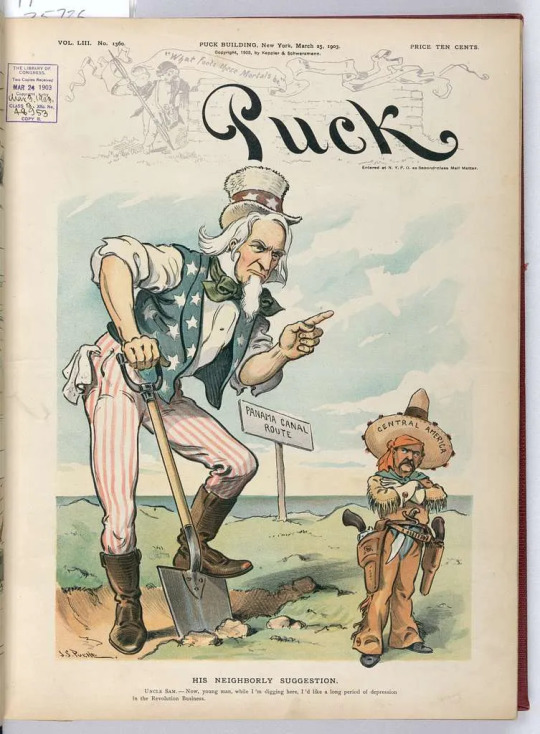

{Buy me a coffee} {WHF} {Medium} {Looking Through the Past}
29 notes
·
View notes
Text
The French attempt to build a canal across Panama was a failure. Over 20,000 workers died, mudslides undid their work, and the French government covered up the company’s financial problems. The whole enterprise imploded in 1889 amidst public trials and upheaval in the government. This contemporary political cartoon compared the enthusiasm around the canal to biblical worship of the golden calf:

The canal was abandoned less than half finished, and most of the French equipment was left to become part of the landscape:
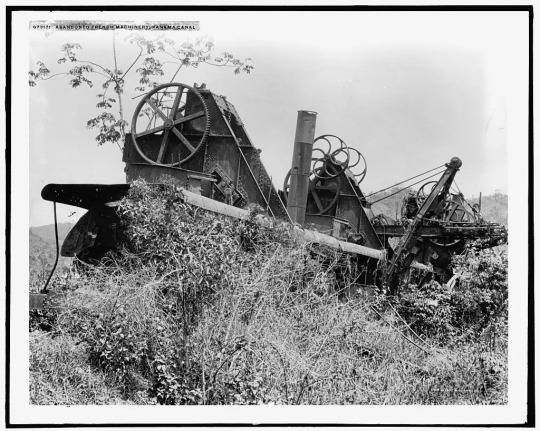
{Buy me a coffee} {WHF} {Medium} {Looking Through the Past}
75 notes
·
View notes
Text
One of the most interesting ways in which the Romans distinguished between barbarian and Roman subjects was with the type of marble they used. Multicolored marbles — which usually came from outside of Italy — were generally reserved for non-Italian subjects. I think these polychrome sculptures are quite striking.


{Buy me a coffee} {WHF} {Medium} {Looking Through the Past}
166 notes
·
View notes
Text
How can you tell who the "barbarians" are in Roman art?
You could often tell barbarian men by their facial hair, which contrasted with more clean-shaven or trimmed Romans.

Images of barbarian women were rare, but can similarly be identified by their hairstyles, which are less-kempt than the Romans’:
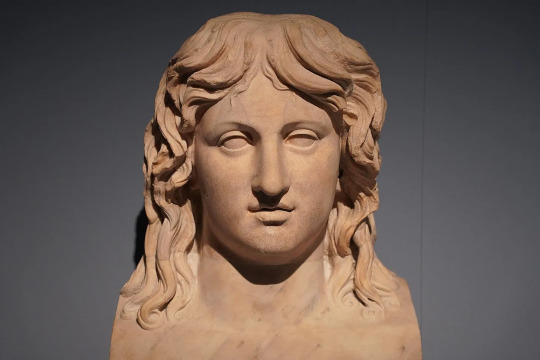
Barbarians also wore pants, which no self-respecting Roman would have worn:

{Buy me a coffee} {WHF} {Medium} {Looking Through the Past}
169 notes
·
View notes
Text
One of the most famous Greek depictions of a "barbarian" is the “Dying Gaul,” carved during the Hellenistic period in the 200s BCE.

This wounded soldier can be identified as a Gaul because of his metal neck ring and facial hair.

By the way, this man isn’t just naked because the Greeks often sculpted people in the buff. Gauls were famous for fighting naked — a sign of “barbarian boastfulness,” according to Dionysius of Halicarnassus.
{Buy me a coffee} {WHF} {Medium} {Looking Through the Past}
401 notes
·
View notes
Text
Happy eclipse day for those of you in parts of the United States!
One of the most common experiences around eclipses is one of community. Eclipses are an occasion for people to gather and share in an unusual experience, as in this 1654 etching (I like the little face on the Moon in this otherwise realistic image):
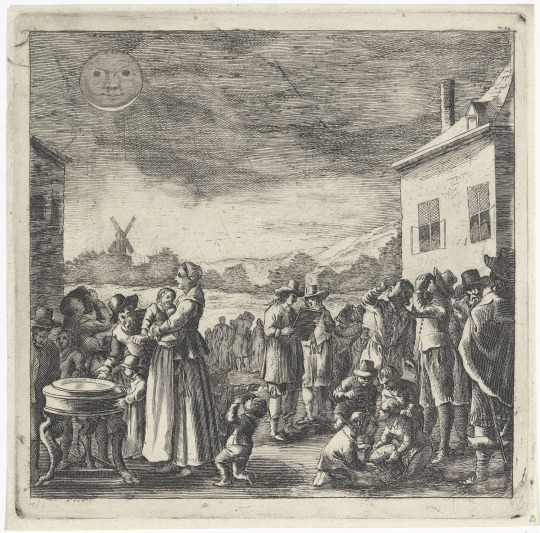
Or this 1911 photo, from France:

If you are in the path of the eclipse, I hope you can get outside with other people and experience this fascinating event together!
{Buy me a coffee} {WHF} {Medium} {Looking Through the Past}
Much more on eclipses, from ancient times to modern:
138 notes
·
View notes
Text
Early photographers were drawn to eclipses, probably because, with a camera, you didn’t have to look at the eclipse to capture it. Here’s a very early series of eclipse photos from 1854:

This photo was the result of a group of astronomers traveling to Caroline Island in the remote Pacific in 1883:

{Buy me a coffee} {WHF} {Medium} {Looking Through the Past
132 notes
·
View notes
Text
By the medieval period, people were starting to sketch out how eclipses happened. Scholars like Johannes Sacro Bosco put the moon between the Sun and the Earth, showing the shadow cone emanating from the Moon. Given that this diagram dates from the 1200s, the Earth is, of course, at the center of the Solar System. I also very much enjoy the little animals he’s put in there to adorn the Moon’s orbit:
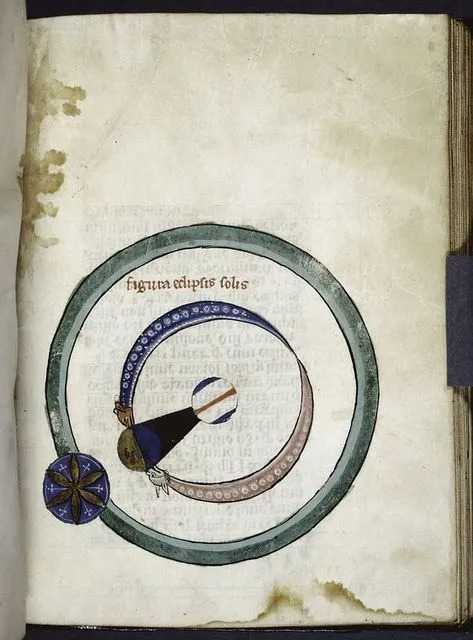
{Buy me a coffee} {WHF} {Medium} {Looking Through the Past}
363 notes
·
View notes
Text
Lots of ancient cultures had myths associated with eclipses. In Hindu mythology, a demon named Rahu tried to steal the gods’ nectar, only to be caught and beheaded by Vishnu. Here’s Rahu, looking hungry:

The decapitation must have been a vigorous one because Rahu’s head sailed perpetually through the heavens. When Rahu crossed paths with the sun, he swallowed it, creating an eclipse; but, being a decapitated head, he couldn’t really digest the sun. It came out through his severed throat, making all eclipses temporary.
This relief from the 700s shows Rahu lying in wait next to various celestial bodies — the sun, moon, and planets. A comet (indicated by its tail) is to his right:
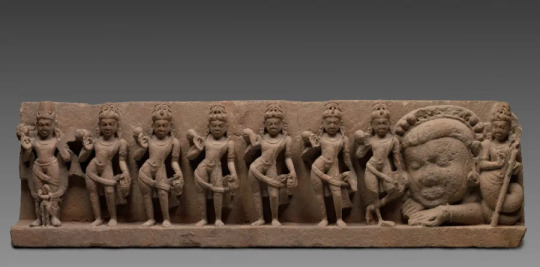
{Buy me a coffee} {WHF} {Medium} {Looking Through the Past}
Much more on eclipses, ancient and modern, here:
112 notes
·
View notes
Text
The invention of the airplane allowed parachutists to try even more daring stunts. One of the most famous early parachutists was Georgia “Tiny” Broadwick, who made her first jump out of a balloon in 1908 and then moved on to jumping from aircraft. Here she is, getting ready to jump from a plane over Chicago:

{Buy me a coffee} {WHF} {Medium} {Looking Through the Past}
65 notes
·
View notes
Text
Elisa Garnerin became a daredevil celebrity in early nineteenth century Europe. She put on a number of parachute descents which were considered quite daring, not least because she was a woman operating solo. Here she is parachuting in 1815:


{Buy me a coffee} {WHF} {Medium} {Looking Through the Past}
More on the Garnerin family here:
65 notes
·
View notes
Text
The first guy to entrust his life to a parachute was Louis-Sébastien Lenormand, who was interested in parachutes as a way to escape from buildings that had caught fire. He first leapt out of a tree with a couple of umbrellas to see if that would work. It worked well enough, I guess, because then he tried jumping from the Montpellier Observatory. A nineteenth-century postcard artist envisioned it looking very Mary Poppinsy:
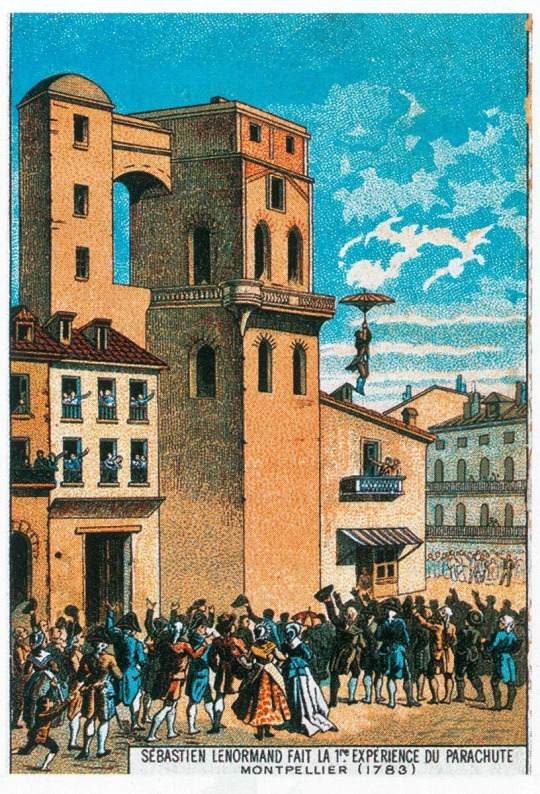
{Buy me a coffee} {WHF} {Medium} {Looking Through the Past}
70 notes
·
View notes
Text
The earliest drawing of a parachute-like concept comes from Italy in the 1470s. Mariano di Jacopo detto il Taccola sketched the conical device you see below. It wouldn't have worked — the parachute is too small, the wood would be too heavy — but the idea is there:
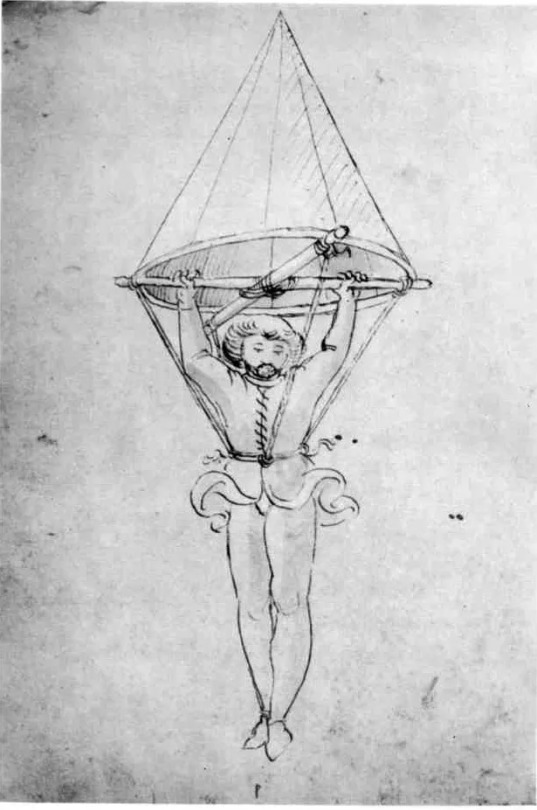
About a decade later, Leonardo da Vinci sketched a similar idea — a pointy cloth parachute held open by a wooden frame. Though da Vinci’s design was never actually used in the Renaissance, it apparently works; a British skydiver named Adrian Nicholas tried it out in 2000.

{Buy me a coffee} {WHF} {Medium} {Looking Through the Past}
85 notes
·
View notes